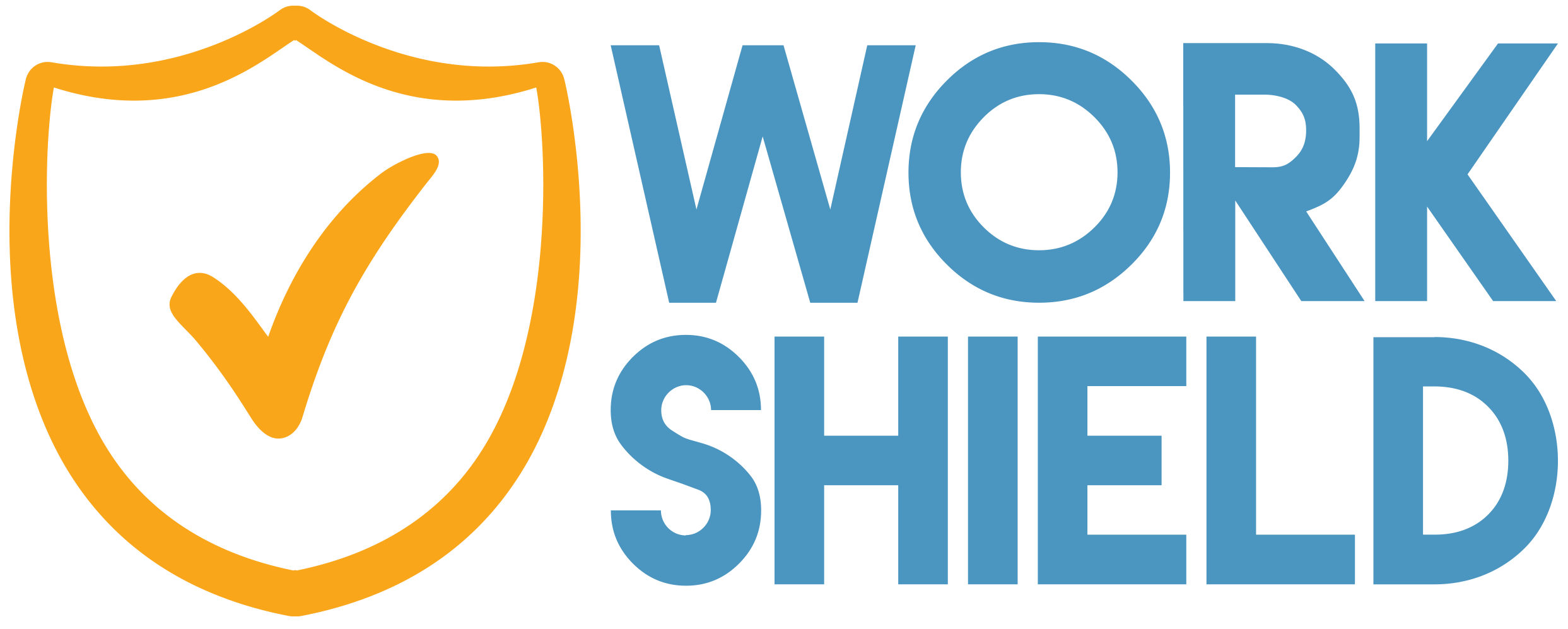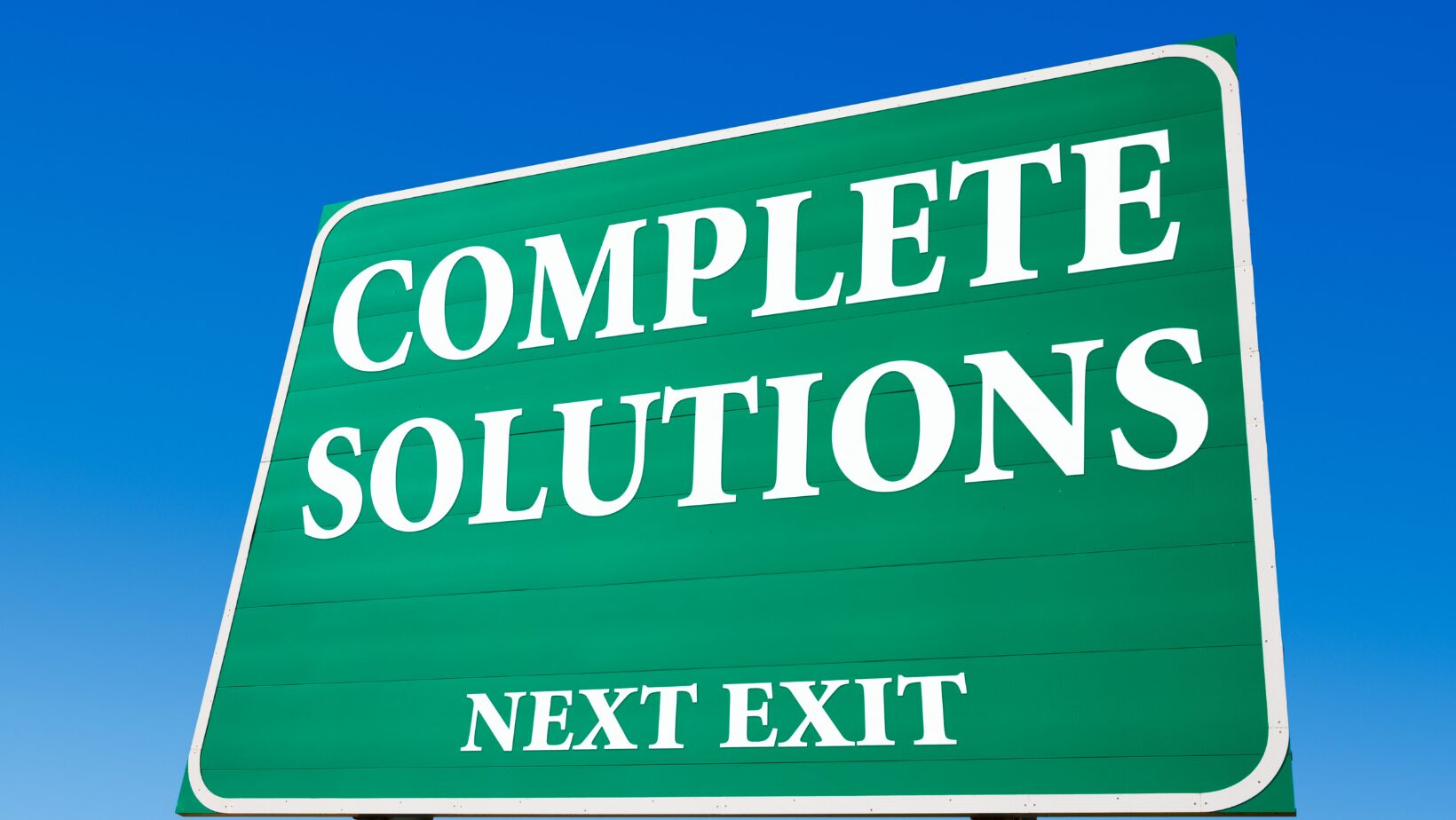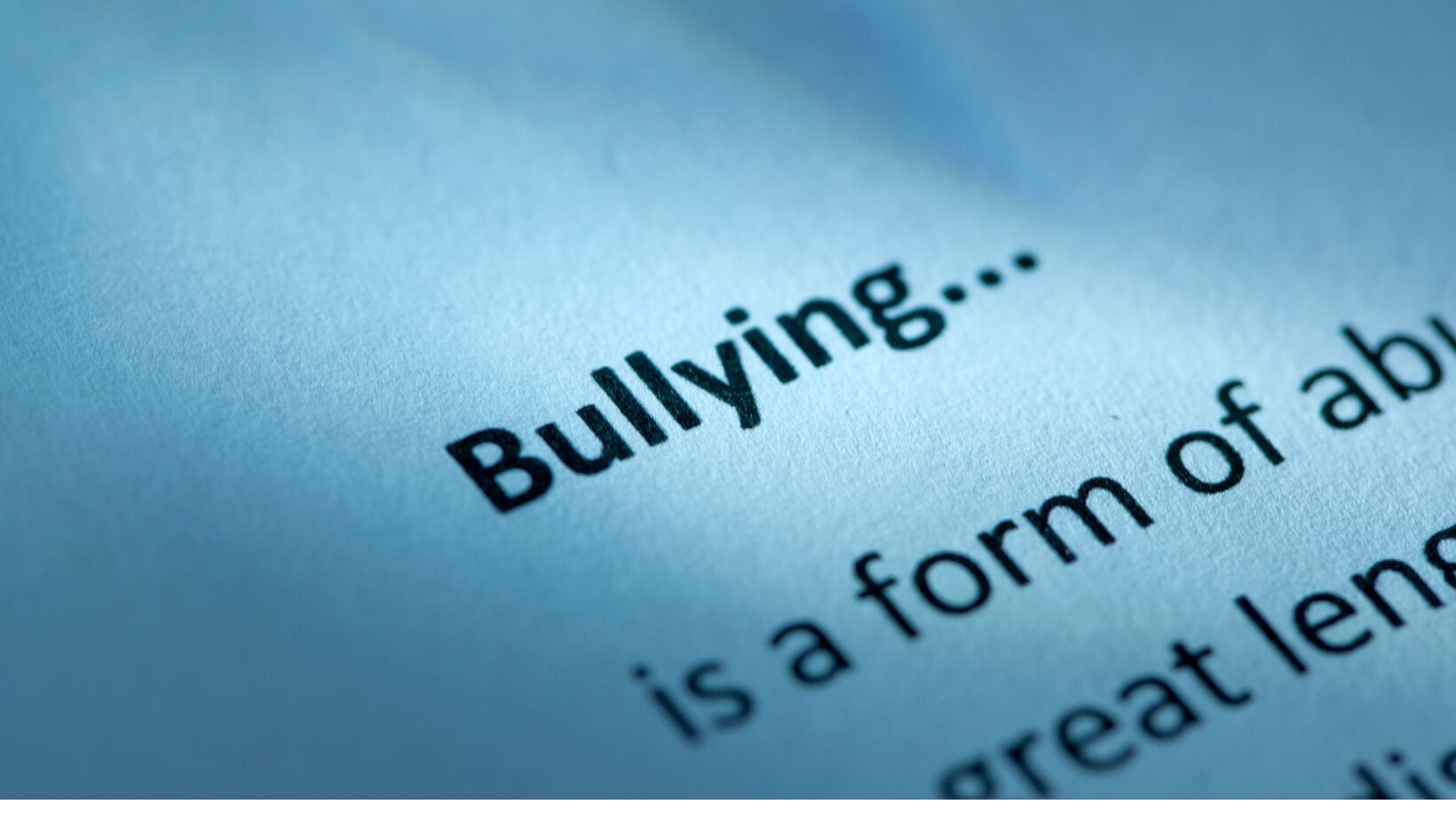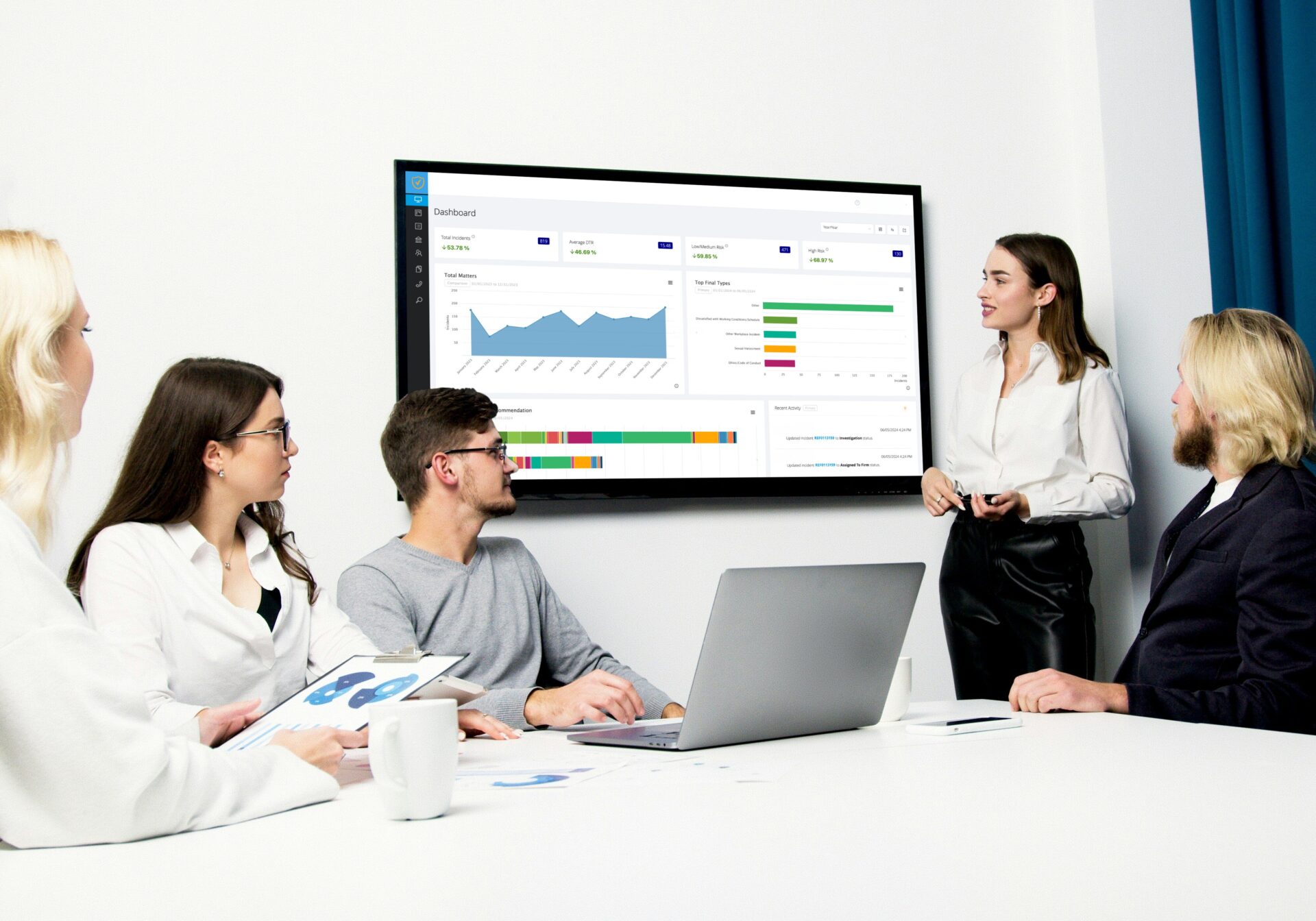More than 25% of Americans have experienced microaggressions in the workplace. Whether intentional or unintentional, these types of misconduct can be damaging to employees and organizations, and while the name microaggression may suggest it is something small, it can harm virtually every aspect of an organization without proper mitigation and management.
Understanding Workplace Microaggressions
To understand how to stop workplace microaggressions, it’s important to be able to identify what they are and when they are occurring. Microaggressions in the workplace can be defined as hostile or insensitive statements, questions, assumptions, or actions with indirect or subtle discrimination. They are traditionally aimed at marginalized groups of people by using racial or gender-based stereotypes, and while often unintentional, they are still just as damaging.
There are three types of microaggressions – microinsults, microassaults, and microinvalidations. Microinsults are disrespectful and often rude comments that can reflect unconscious bias or stereotypes and are intentionally or unintentionally made regarding an employee’s identity. Microassaults are behaviors aimed at hurting marginalized groups, which can be either subtle or obvious demonstrations of discrimination. Finally, microinvalidations are conversations or discussions that invalidate marginalized groups and their experiences.
The Impact of Microaggressions on Workplace Dynamics
Microaggressions can be incredibly damaging to workplace dynamics and culture. When employees are experiencing microaggressions in the workplace, it can impact their mental health, harming their productivity, performance, and most of all, their well-being. A culture that tolerates this behavior can also create increased turnover rates, as employees seek more inclusive work environments. According to the Harvard Business Review, one study found that 7 out of 10 employees said they would be hurt by a microaggression. In addition, half said they would consider leaving their role.
Microaggressions not only harm employees, but they can also be incredibly detrimental to an organization’s reputation and performance. As microaggressions are a form of workplace discrimination, organizations without proper misconduct management can be at risk for reputational damage, litigation, and more due to unresolved incidents. Separately, as employees endure misconduct such as microaggressions, performance and productivity can suffer, hurting an organization’s bottom line.
Fostering Inclusive Workplaces with Preventative Strategies
By promoting awareness and education around microaggressions, organizations can ensure that employees understand when they make a microaggression, whether intentional or unintentional. Similarly, when an employee does experience a microaggression in the workplace, it’s important that they have an avenue to report these types of discrimination and ensure their voices are heard. Misconduct management solutions like Work Shield enables employees to safely and securely report misconduct any time, while providing peace of mind to employers that these issues will be resolved in a timely and fair manner, protecting the organization and its people from misconduct.
While microaggressions may be unintentional at times, they can have a lasting impact on an organization and its employees. By taking a proactive approach to misconduct management, organizations dealing with microaggressions can ensure their employees’ voices are heard, mitigate risk from the misconduct, and create inclusive workplaces for all.
To learn more about Work Shield’s misconduct management solution, click here.





